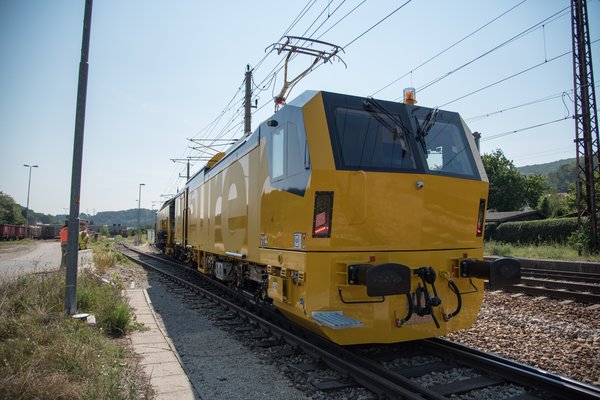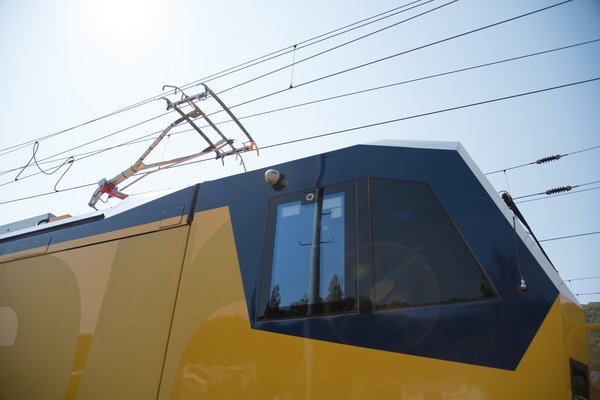The barriers for the market uptake of alternative drives in the transport industry include the technology currently available, a lack of infrastructure, a lack of regulations or incentives, and higher costs due to scalability. In the transport industry, the road sector – more specifically, the automotive sector – has made the most progress in regard to alternative drives. Despite the lack of clear goals and little demand in the railway and construction sector, stakeholders are aware of the need to reduce environmental impacts. In combination with technological progress, this will lead to a further rise in alternative drives in both sectors.
In the field of track maintenance, this is still a largely unexplored topic. The market analysis shows that the technological concepts for powertrains and transmissions used in the construction sector might be applicable to track maintenance machines. Regarding their primary power source, track maintenance machines are highly influenced by market trends in the railway sector. This is because implementing alternative solutions depends on the infrastructure for supplying energy (e.g. battery charging or refilling hydrogen tanks).
Compared to the railway sector, battery-only technology is much more established in the construction sector and limited to electric construction machinery with cables, handheld equipment, or smaller machines. By contrast, fuel cell technology is at a very early stage of development (with the exception of forklifts). There are few track maintenance machine models with alternative drives (six manufacturers could be identified). The solutions for track maintenance machines seems to be hybrid solutions (mainly diesel-battery) rather than stand-alone solutions; this is in line with trends in the railway sector as a whole. Smaller (lighter) track maintenance tools (e.g. portable tampers), which work on battery power only, are an exception to the above.

